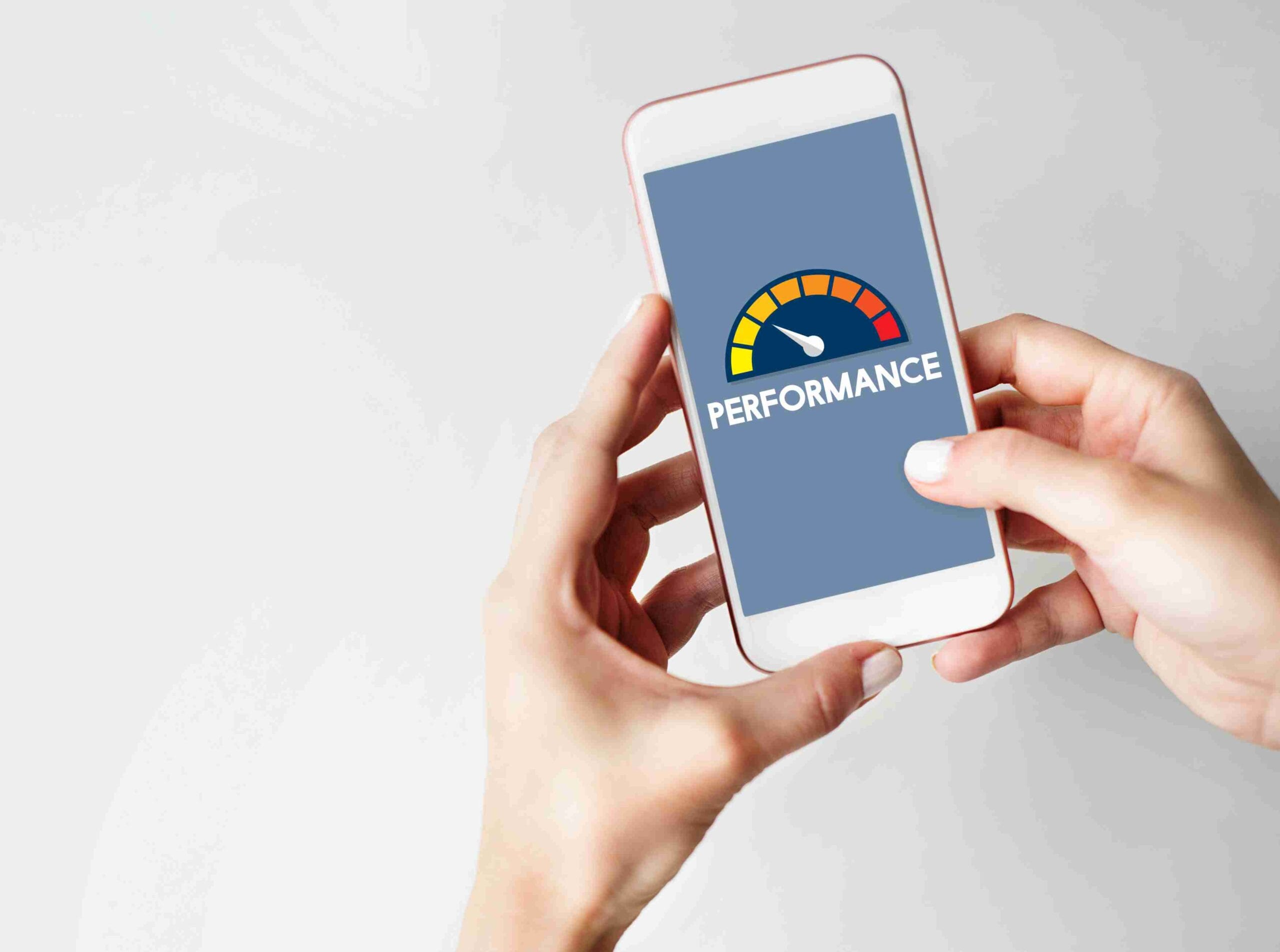Constantly updating your website can be an endless chore due to the changing digital environment. This is why we need a technical SEO audit. Often referred to as an in-depth analysis of the technical features of your domain— including site loading time, mobile-friendliness, and indexation—a Technical SEO Audit aims for a 100% optimization rate so Google can extract all relevant data about you. This is important for spotting and fixing problems that can reduce your website’s ranking on search engines, which usually leads to an increase in the organic traffic of your site.
As 2025 approaches, the SEO landscape continues to change, and there are always new trends and updates that can put you behind in your game rather than help. Because search engines are getting smarter and user expectations increasing, it is more important your website meets the SEO standards of the future. The following checklist will lead you through critical steps in keeping your website alive and performing well, helping you stay ahead of the competition online.
Understanding the Components of Technical SEO

To know the art of SEO, you need to go into its technical muck. Behind-the-scenes types of things that don’t necessarily get as much attention—a sort of search engine performance! On the other hand, on-page SEO and off-page SEO focus more on content and backlinks respectively, where a technical approach makes sure that it is just as much pack structured for search engines to crawl, interpret, or index your website efficiently. It is the bedrock of your entire SEO plan, which means building a stable base for content and link-building strategies to thrive.
Main Components of Technical SEO
- Site Speed: In the modern age where everything is fast, users anticipate that a web page loads pretty much instantaneously. The speed of a site is not just about how the user experience factors in, but it can directly impact where you rank on search engines. Pages that load slowly can increase bounce rates and decrease rankings on search engine results pages.
- Mobile-Friendliness: Because the vast majority of web traffic is now from mobile, and if ever there was a must-have in website design—it’s this. Your mobile site is also the main version of your website for ranking purposes; Google refers to this as “mobile-first indexing” phases.
- Indexing: This includes making sure search engines are able to crawl and understand your website content. Indexing ensures that your pages are showing up in search results. Find and fix any crawl errors or permission issues that are preventing search engines from accessing your content.
- Security: Both search engines and users prefer websites with HTTPS. Not only that, but when your site is secure, it also means that the data of users will be protected, and search engines may view you as more credible and trustworthy
Technical SEO Audit Checklist for 2025

Site Architecture, Navigation, and Internal Links
- URL Structure: Clean and SEO-friendly URL Structure ideally has short URLs (everyone can easily remember) that include keywords relevant to the page. Prioritizing important pages in your site architecture ensures that essential content is easily accessible and indexed by search engines. Tip: Never write in a complex parameter or symbol. Typically, instead of your domain being like example.com/page?id=123, use example.com/seo-tips. This helps both search engines and users understand what is on the page—ultimately improving its visibility.
- Site Navigation: Intuitively placed site navigation ensures that users can find what they need on your site without hassle. This means a good logical menu layout with clear hierarchies. Internal linking is also important because it helps search engines understand the relation between pages and passes link equity through your website. Breadcrumbs are also used as a navigation method to display how users arrived at this page from the home screen and help in user experience and indexing.
Mobile Optimization

- Mobile-First Indexing: Google indexes and ranks your site based on the mobile version of it, so optimization for fewer resources is a must. Essentially, you want to make sure that your site is aesthetically pleasing and highly functional for mobile users. Look for issues with mobile usability (i.e., small text, touch elements too close to one another, and content that does not fit the page properly).
- Responsive Design: Your website should be able to automatically adjust in width and orientation across different screen sizes. In short, Responsive Web Design uses the widest possible use of flexible layouts (elements), images, and an intelligent application of CSS media queries. Utilize resources such as Google Mobile-Friendly Test to uncover and resolve any problems.
Page Speed
- Core Web Vitals: These are a set of metrics that assess your page’s loading performance, interactivity, and visual stability:
- Largest Contentful Paint (LCP): Measures loading performance. Aim for LCP to occur within 2.5 seconds of the page starting to load.
- First Input Delay (FID): Measures interactivity. Aim for an FID of less than 100 milliseconds.
- Cumulative Layout Shift (CLS): Measures visual stability. Aim for a CLS score of less than 0.1.
- Speed Optimization Techniques: To improve page speed, consider:
- Optimizing Images: Compress images without losing quality. Use next-gen formats like WebP.
- Leveraging Browser Caching: Store some elements of your site in the user’s browser cache to reduce load times on subsequent visits.
- Minifying CSS and JavaScript: Remove unnecessary characters from your code.
- Reducing Server Response Times: Use a reliable hosting service and optimize your backend processes.
Security and HTTPS
- SSL Certificate: An SSL certificate ensures privacy and security of data exchanged between your website and its users. One of the most important factors for SEO, as search engines prioritize sites with HTTPS.
- Security Best Practices: Keep your software and plugins updated, or use firewalls, malware scans (or other such security measures), and strong passwords. To avoid SQL injections and XSS, always sanitize input data before sending to the server side or use security plugins.
Indexing and Crawlability
- XML Sitemap and Robots.txt: An XML sitemap will assist search engines in detecting and indexing all your site’s pages. Update your sitemap to include all of the core pages. Use robots.txt to determine which pages search engines should or should not crawl.
- Crawl Errors: Use tools such as Google Search Console to address crawl errors, like broken links, server errors, and issues with multiple pages. When resolved, these issues will ensure that search engines can properly crawl your content and include it in its index.
Content and Meta Tags
- Duplicate Content: Confusing search engines and splitting ranking signals. Use tools like Copyscape or Screaming Frog to fix duplicate content errors. There are canonical tags you can use to indicate Google’s preferred version of a page.
- Meta Tags: Update your title tags, meta descriptions, and heading tags. Each title tag should uniquely tell Google the page’s purpose—an SEO must. A well-crafted meta description gives users an appealing overview of what’s on the page and encourages them to click through. Use heading tags (H1, H2, H3…) for structuring and highlighting important sections and linking relevant pages.
Structured Data
- Implementation of Schema Markup: Schema markup helps search engines provide users with more accurate and informative responses. It can also show in search results when correctly implemented, such as rich snippets. Test using Google Structured Data Testing Tool to verify correct implementation.
- Rich Snippets: This type of structured data shows extra information in search results, such as ratings, reviews, and start times. These elements are among the top listing tips to enhance click-through rates by improving the appeal and informativeness of your listings.
International SEO

Hreflang Tags: For international websites, hreflang tags tell Google which language and regions the content targets. This ensures that search engines render a particular version of your web pages based on users’ location and language settings.
Geo-Targeting: Make the content specific to any of your target regions or languages using local SEO techniques. This includes using local keywords, building country-specific content, and setting up country-level domains or subdomains.
Tools and Resources for Conducting a Technical SEO Audit

A successful technical SEO audit requires the right set of tools to analyze and optimize your website efficiently. Here’s a list of essential SEO tools that can help you conduct a thorough technical audit and keep your site in peak performance:
- Ahrefs: An all-in-one SEO tool excellent for backlink analysis, keyword research, and site audits. Ahrefs is invaluable for technical SEO, as its Site Audit feature identifies hundreds of common errors affecting website performance.
- SEMrush: This extensive SEO tool includes a thorough Site Audit feature that checks your website for issues and provides recommended reports. It’s also ideal for keyword research, competitive analysis, and monitoring SEO performance.
- Screaming Frog: A desktop-based program that crawls websites and reports usual SEO issues, allowing you to analyze broken links, duplicate content, and site structure—great for technical optimization.
- Google Search Console: A must for every site owner, Google Search Console provides detailed performance insights on your website’s search results. It tracks crawl errors, index status, and search queries.
- Google Analytics: Google Analytics helps track how users interact with your site, monitoring metrics like bounce rate, page views, and browsing duration for better technical SEO.
- Moz Pro (Paid Tool): Moz Pro offers an extensive range of SEO tools, including Site Crawl to detect issues affecting search engine performance. SEMrush is also popular for keyword tracking and backlink analysis.
- GTmetrix: Focused on site speed analysis, GTmetrix provides deep insights into how fast your website loads, with actionable recommendations to improve page speed, crucial for technical SEO.
- Pingdom: This performance monitoring tool provides uptime, page speed, and user experience analysis for your website, giving detailed reports to resolve bottlenecks.
- WebPageTest: A free tool for performance testing from locations around the world, offering insight into load times, page elements, and optimization opportunities.
- Ryte: A technical platform for managing SEO frameworks, Ryte includes tools to support technical SEO. Its website success module flags issues and guides on how to fix them.
Conclusion
So here goes the bottom line: all this checking mechanism from the technical SEO checklist plays a crucial role toward making your website successful, even if you’re reading this in 2025. To create an amazing user experience, your site architecture should be well-structured and designed for mobile-first browsing with quick page load times. HTTPS and regular indexing and crawlability checks keep your site secure while increasing visibility. By optimizing for content and meta tags, implementing structured data, and following international SEO best practices, your website has a superior chance of being accessible worldwide.
Performing regular technical SEO audits is crucial to ensuring your website performs optimally, regardless of how fast SEO trends evolve. This allows you to identify any issues early on and fix them before they impact your ranking or user experience, keeping your website competitive in the digital landscape.
For a more in-depth and successful technical SEO audit, consult with experienced SEO professionals for an on-site consultation. Their knowledge and expertise about what Google is likely to require in the future can lead to long-term success for your website with a tailored SEO strategy. The message is clear: stay proactive, keep learning, and continue to optimize for the online world of 2025 and beyond.






